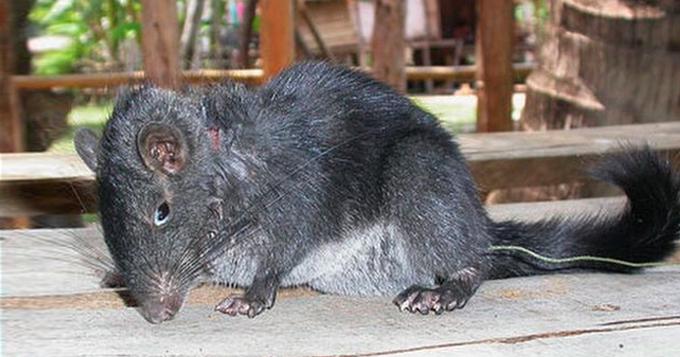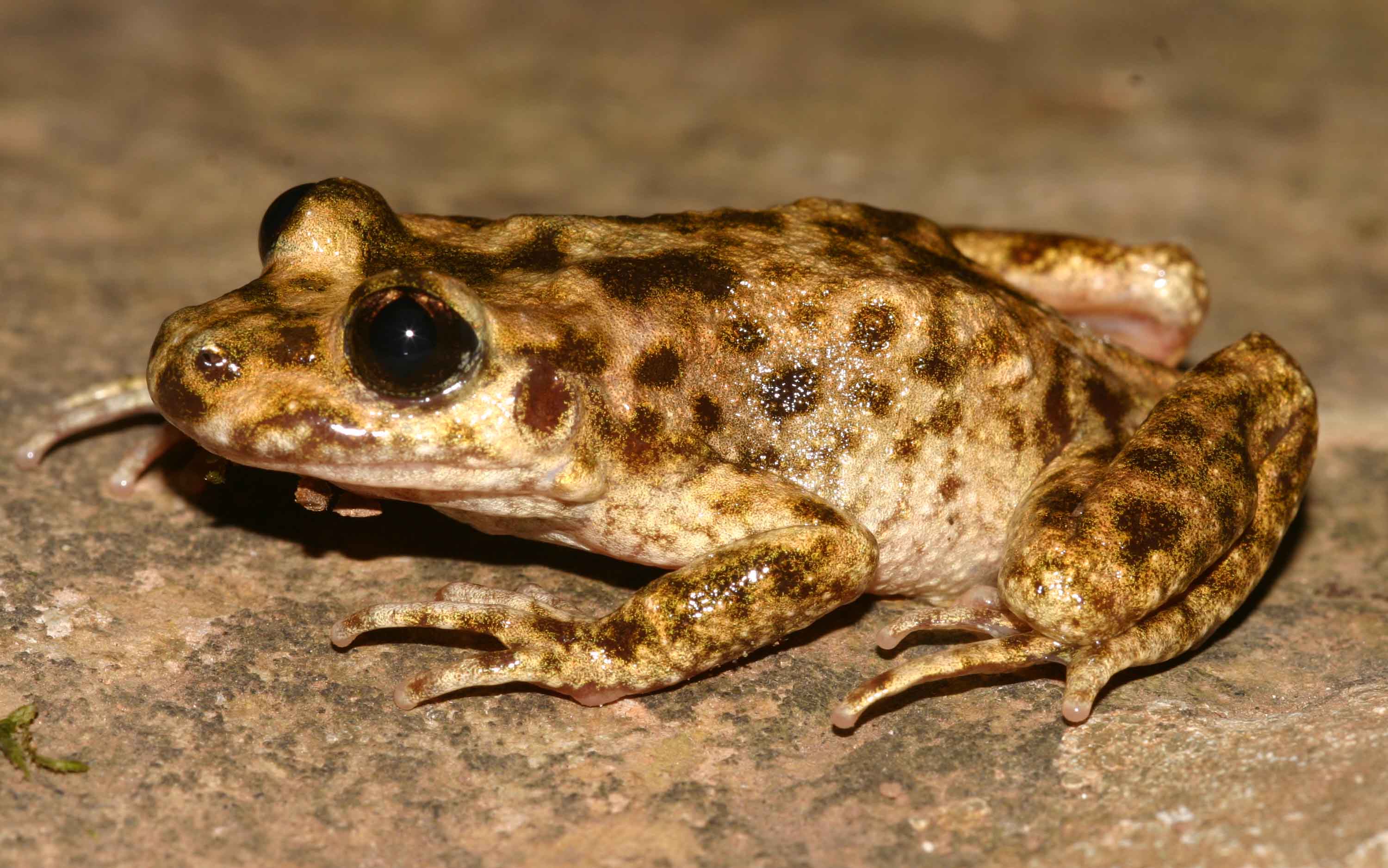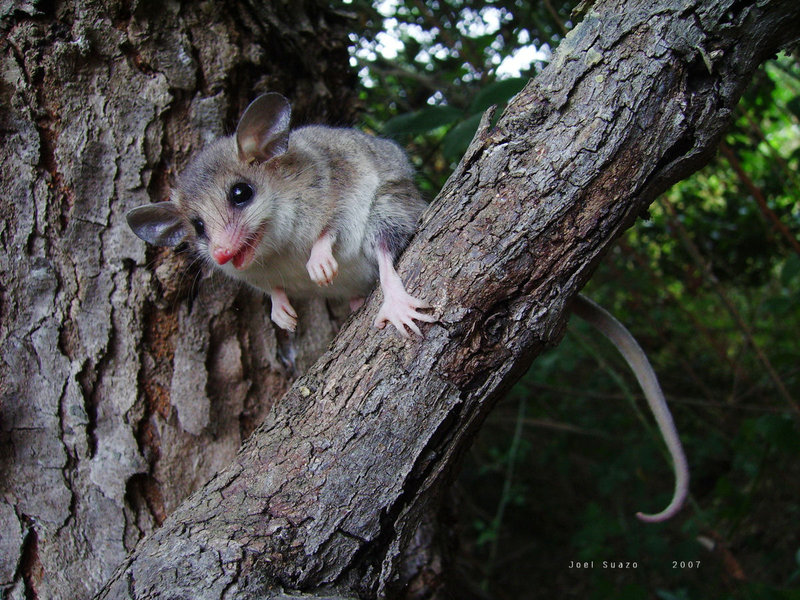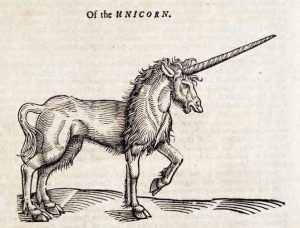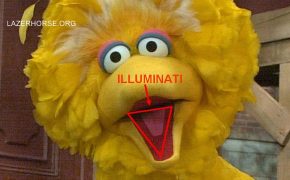Lazarus Taxon: Creatures Once Extinct Raised From The Dead
Laotian Rock Rat (Laonastes aenigmamus)
They died out 11 million years ago didn’t they? No, you couldn’t be more wrong. They’re still alive and kicking in the Khammouan region of Laos you idiot.
In a 2005 paper Paulina Jenkins and coauthors placed the rat in an entirely new family – Laonastidae – because it was so different from other rat species. But in 2006 Mary Dawson and coauthors challenged this, claiming the rat is in fact part of a family that was considered extinct – Diatomyidae. Suck on that Jenkins et al.
Majorcan Midwife Toad (Alytes muletensis)
This lovely looking critter was first described from fossils in 1977 but was later found chilling out in Majorca in 1979 where it had probably been all along.
Monito Del Monte (Dromiciops)
The cuter than cute monitor del monte is nothing to do with the man from Del Monte, he has no business with this creature and can keep his fruity fingers to himself, hogging the limelight all the time.
Thought extinct for 11 million years he decides to rock up in South America a few years back. The monitor del monte is the sole survivor of the order Microbiotheria and is more closely related to Australian marsupials than American marsupials. This nugget of information changed the way science viewed the development and spread of the odd marsupial clan.
So that’s seven examples, but why do these Lazarus taxa exist? There are a couple of ideas, firstly the fossil record, although mighty impressive, is not the entire story; if something appears to disappear it’s certainly not a 100% proof that they went away. We might just not have found their remains, or they weren’t fossilised.
Lazarus effects also seem to be more prevalent after mass extinctions. This is assumed to be because even if you have survived a massive event like this, there are likely to be less individuals than before the meteorite or volcano exploded and therefore less fossils.
However it occurs I’d like to welcome these Lazarus beasts back to the land of the living.
MORE AMAZING NATURE:
EVOLUTION’S LEFT-OVERS: VESTIGIAL ORGANS IN HUMANS
OLINGUITO – THE MOST RECENTLY FOUND MAMMAL

